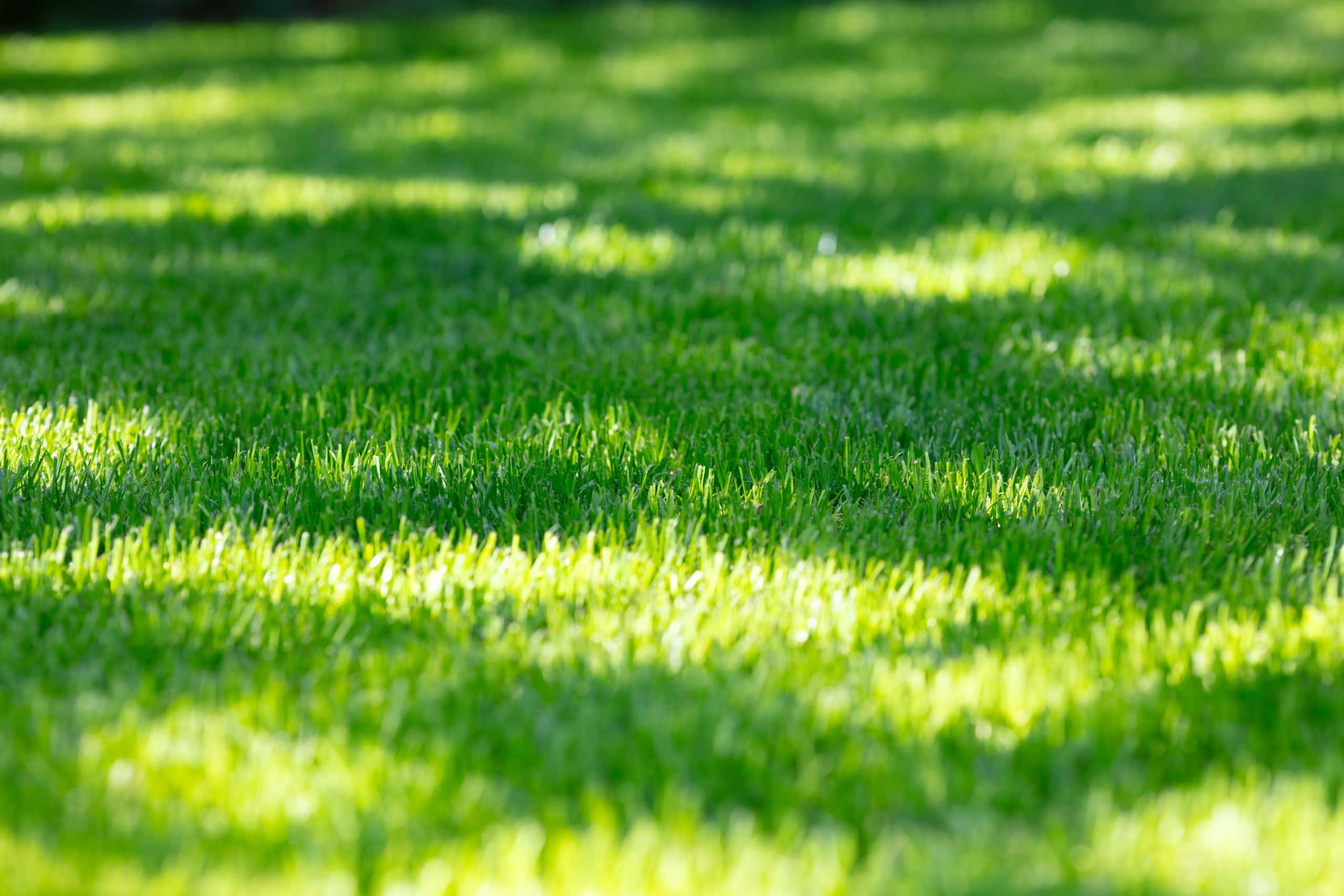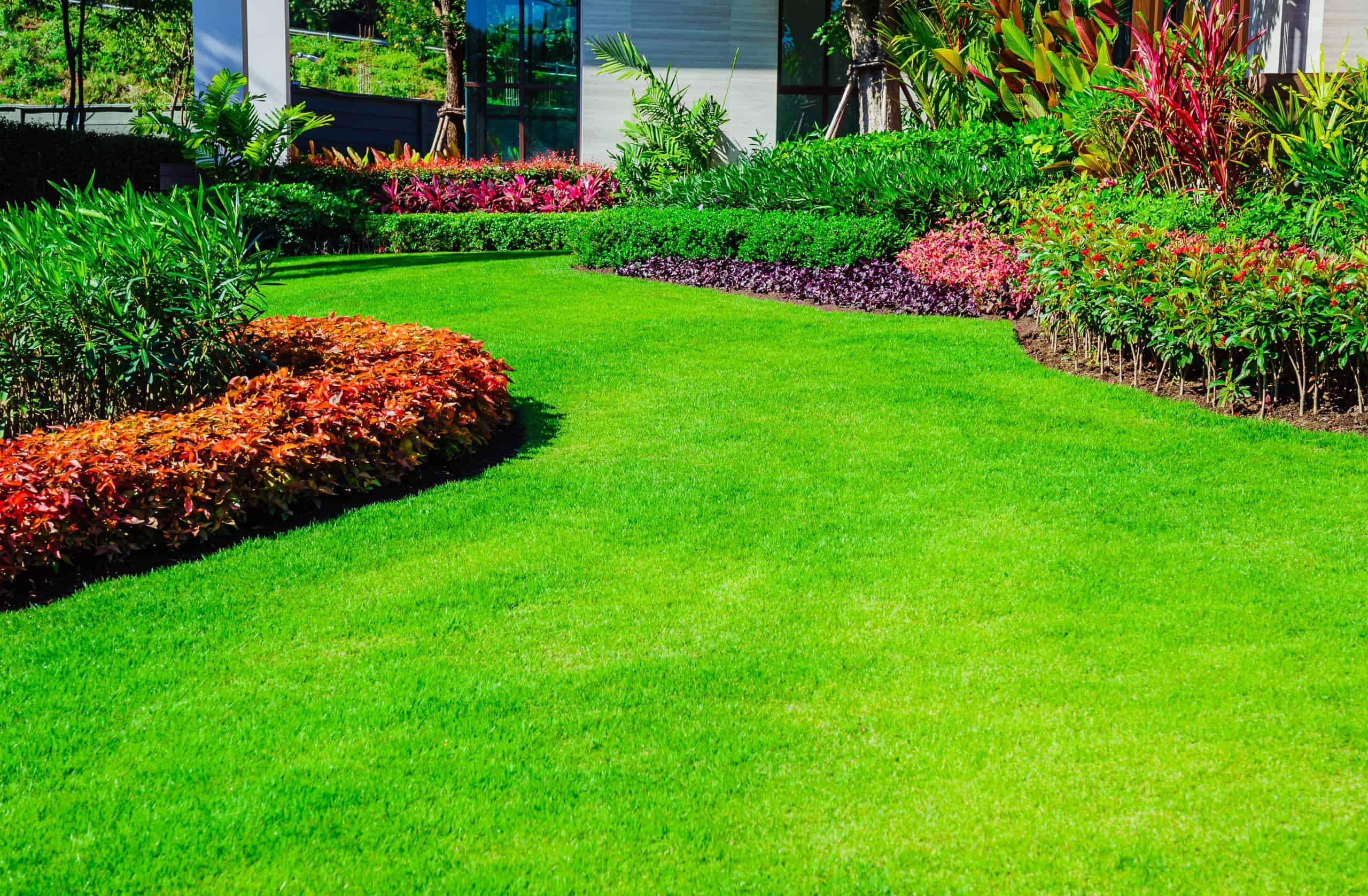Thick, green grass that stays healthy year-round without the weekend stress of doing it yourself.

Hear from Our Customers

You know that feeling when you drive past the house with the perfect lawn and wonder how they do it. The thick, green grass that looks like a golf course. The edges that are crisp and clean. The kind of yard that makes neighbors stop and stare.
Here’s the thing about Long Island lawns – they’re fighting an uphill battle. Salt air from the coast. Clay soil that gets compacted every winter. Crabgrass that laughs at the stuff you buy at Home Depot. You can spend every Saturday morning out there with a spreader and still end up with brown patches by July.
Professional lawn care means you get the results without the guesswork. Your grass gets what it needs, when it needs it. Fertilization that actually works. Weed control that stops problems before they start. Aeration that lets your lawn breathe through Huntington Station’s tough soil conditions. You get your weekends back, and your property value goes up.
We’ve been keeping Huntington Station lawns healthy for years. We understand what works here and what doesn’t. The salt damage from winter road treatments. The humidity that breeds fungus problems. The soil conditions that make some fertilizers useless.
Most lawn care companies use the same approach everywhere. We don’t. Long Island grass has specific needs, and we’ve built our entire process around meeting them. When you call us, you’re getting someone who’s seen every lawn problem this area can throw at you.

We start with an assessment of your current lawn condition and soil. Every yard in Huntington Station is different, and what works for your neighbor might not work for you. We look at drainage, sun exposure, existing grass type, and any problem areas that need special attention.
From there, we create a maintenance schedule that fits your lawn’s needs and your lifestyle. Regular mowing keeps your grass healthy and thick. Fertilization happens at the right times with the right products – not the generic stuff that works okay everywhere but great nowhere. Weed control targets the specific problems Long Island lawns face.
You don’t have to think about it. We show up when we’re supposed to, do the work right, and keep you updated on what’s happening with your lawn. If problems come up, we handle them before they become expensive fixes.

Ready to get started?
Our lawn care service includes everything needed to keep grass healthy through Long Island’s challenging conditions. Regular mowing with commercial-grade equipment that cuts clean and promotes thick growth. Fertilization programs designed specifically for coastal soil conditions and salt exposure.
Weed control that targets the stuff that actually grows here – not just the weeds you see in national lawn care commercials. Aeration services that break through compacted clay soil and let your grass roots breathe. Seasonal treatments that prepare your lawn for winter damage and spring recovery.
We also handle the details that make the difference. Edge trimming that keeps your lawn looking professional. Debris removal so your grass isn’t smothered under leaves. Problem-solving when issues come up, because they always do. You get a lawn that looks like you spend hours on it every week, without actually spending hours on it every week.

Local Resources